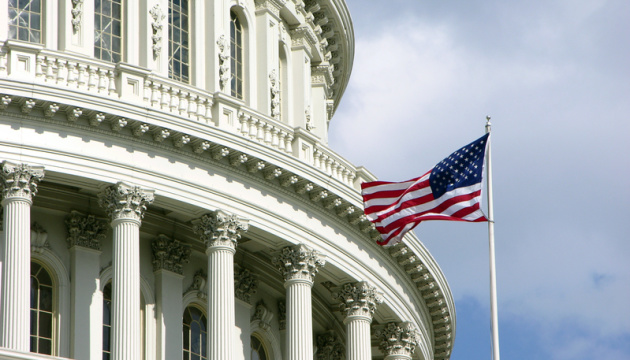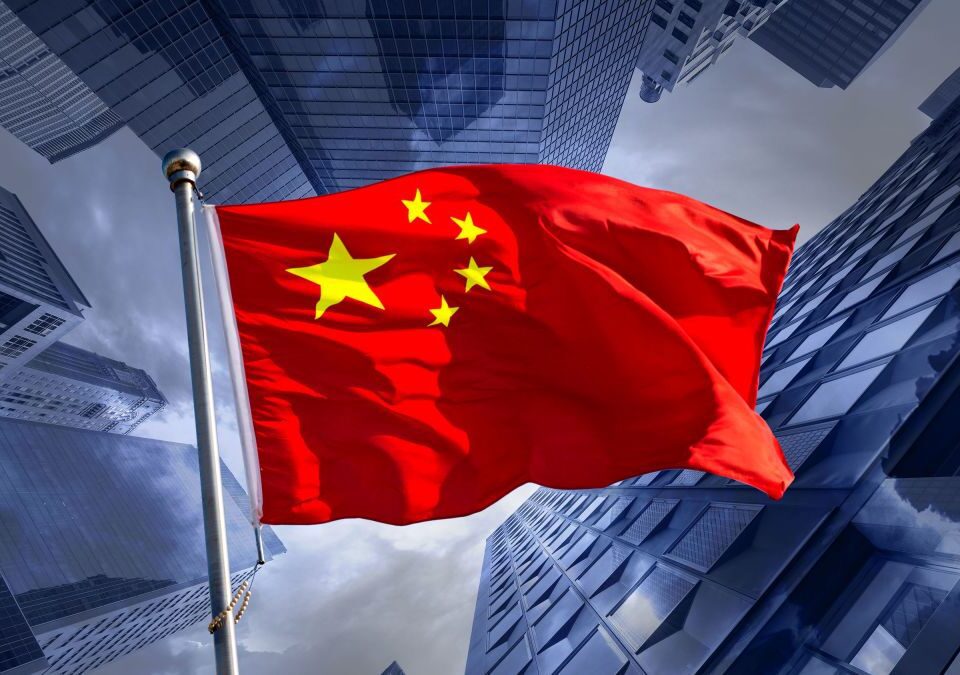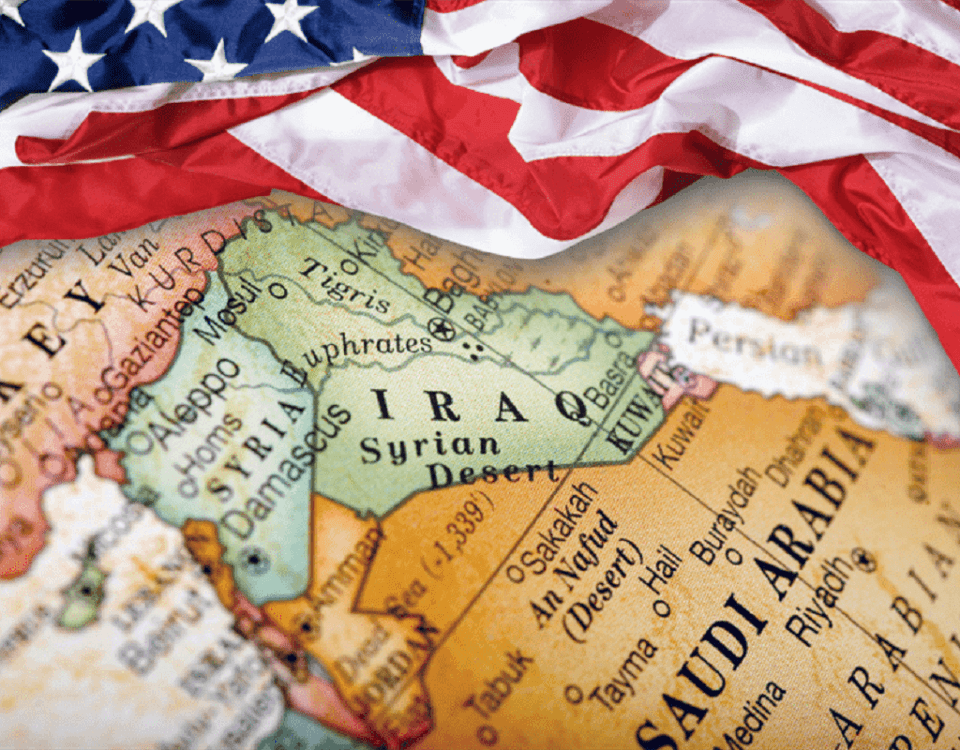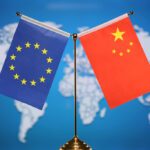
Charting New Paths: Sino-European Relations in a Changing Geopolitical Environment
January 30, 2024
Kashmir Solidarity Day
February 5, 2024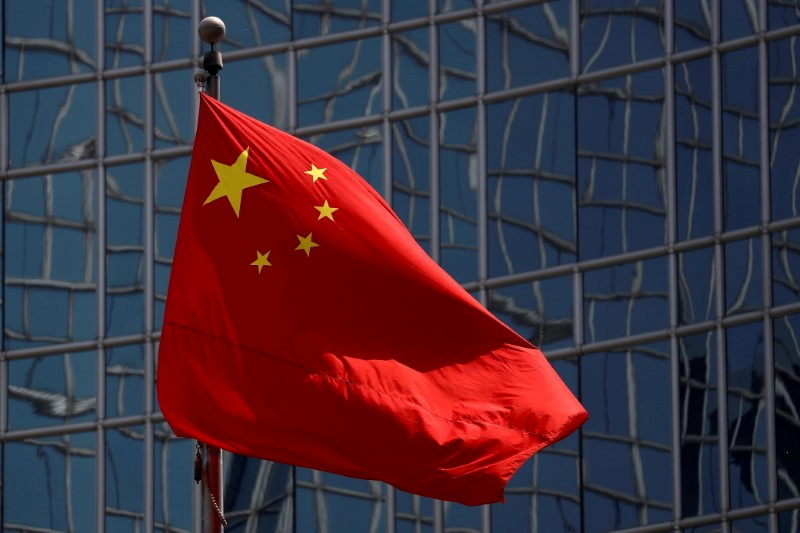
Anna Arif Kazmi
In the intricate landscape of global relations, China has strategically harnessed soft power through cognitive warfare, media propaganda, and digital manipulation. This analysis unravels the multifaceted dimensions of China’s rise, examining its core strategic approaches, underlying theories, and varied global responses. China’s state-controlled media, comprising outlets like Xinhua, CCTV, and People’s Daily, meticulously crafts narratives around national development, technological prowess, and cultural richness. These themes collectively shape an image of China as a prominent global economic leader, strategically molding international perspectives.
State media consistently highlights China’s economic feats and technological strides, showcasing AI, 5G, and green energy advancements. Examining articles from Xinhua and China Daily reveals how these narratives contribute to presenting China as a dynamic and forward-thinking nation. China Daily, as a representative of state-controlled media, showcases the nation’s cultural richness by seamlessly integrating traditional aesthetics with modern technology in events like the Spring Festival Gala. This fusion underscores China’s continuity and innovation, fostering a positive national image.
State-controlled media frames China as a responsible global player through platforms like Xinhua. The emphasis on collaboration and the open nature of initiatives like the Belt and Road Initiative, as highlighted by Chinese Foreign Minister Wang Yi, positions China as a constructive participant in global affairs. During crises like the COVID-19 pandemic, China leverages state media to showcase resilience and effective governance. Efforts, including rapid hospital construction and technological innovations in contact tracing, shape the narrative of China’s successful response to the pandemic.
China strategically promotes its art, entertainment, and lifestyle in cultural exports through platforms like the China Global Television Network (CGTN). This soft power approach aims to shape perceptions globally, with films like “Wolf Warrior 2” projecting a strong and assertive image of China. The integration of narrative, agenda-setting, and Joseph Nye’s soft power theory within China’s media strategies reveals a sophisticated propaganda effort. Through compelling storytelling and strategic issue prioritization, China seeks to mold global perceptions in its favor. Cognitive warfare extends beyond traditional media outlets, involving social media platforms, state-controlled websites, and international news agencies.
Despite the Great Firewall and stringent censorship measures, China employs content creation, social media engagement, and influence campaigns to disseminate its frames strategically. Insights from articles such as “China’s social-media attacks are part of a larger ‘cognitive warfare’ campaign” highlight China’s sophisticated use of social media platforms. Information disturbance, discourse competition, public opinion blackout, and blocking information align with Joseph Nye’s soft power theory, emphasizing attraction and persuasion over coercion.
Social media platforms become battlegrounds where soft power is wielded in the digital era. Information disturbance strategically shapes perceptions, while discourse competition subtly influences public perception. Public opinion blackout floods social media with specific narratives, showcasing the persuasive aspect of soft power. Blocking information through technical attacks and blockades emphasizes the strategic importance of information control.
The articles also discuss China’s aspirations in the metaverse, linking them to its desire to shape narratives and control the CCP’s story. This futuristic approach aligns with Nye’s concept of soft power evolving with technological advancements. “TikTok is part of China’s cognitive warfare campaign” emphasizes the platform’s role in China’s broader cognitive warfare strategy. It underscores that warfare is evolving into the human mind, highlighting the need for a multifaceted approach to address cognitive warfare beyond individual platform bans.
The global reception of China’s soft power efforts is diverse, with varying degrees of acceptance and skepticism. While some acknowledge economic achievements and technological advancements, others scrutinize disinformation campaigns, fostering a nuanced global perception. China’s cognitive operations, including military intimidation, bilateral exchange, religious influence, and economic influence, aim to “capture the mind” of adversaries. The war in Ukraine serves as a backdrop to understand the limits and risks associated with cognitive warfare.
In conclusion, China’s strategic deployment of soft power, intertwined with cognitive warfare, media propaganda, and digital manipulation, has redefined its global standing. The intricate interplay between narrative construction and digital manipulation underscores the complexity of soft power dynamics. Continued scrutiny and analysis are imperative as China navigates the evolving complexities of international relations.
The author is a student of Defence and Diplomatic Studies at Fatima Jinnah University.



